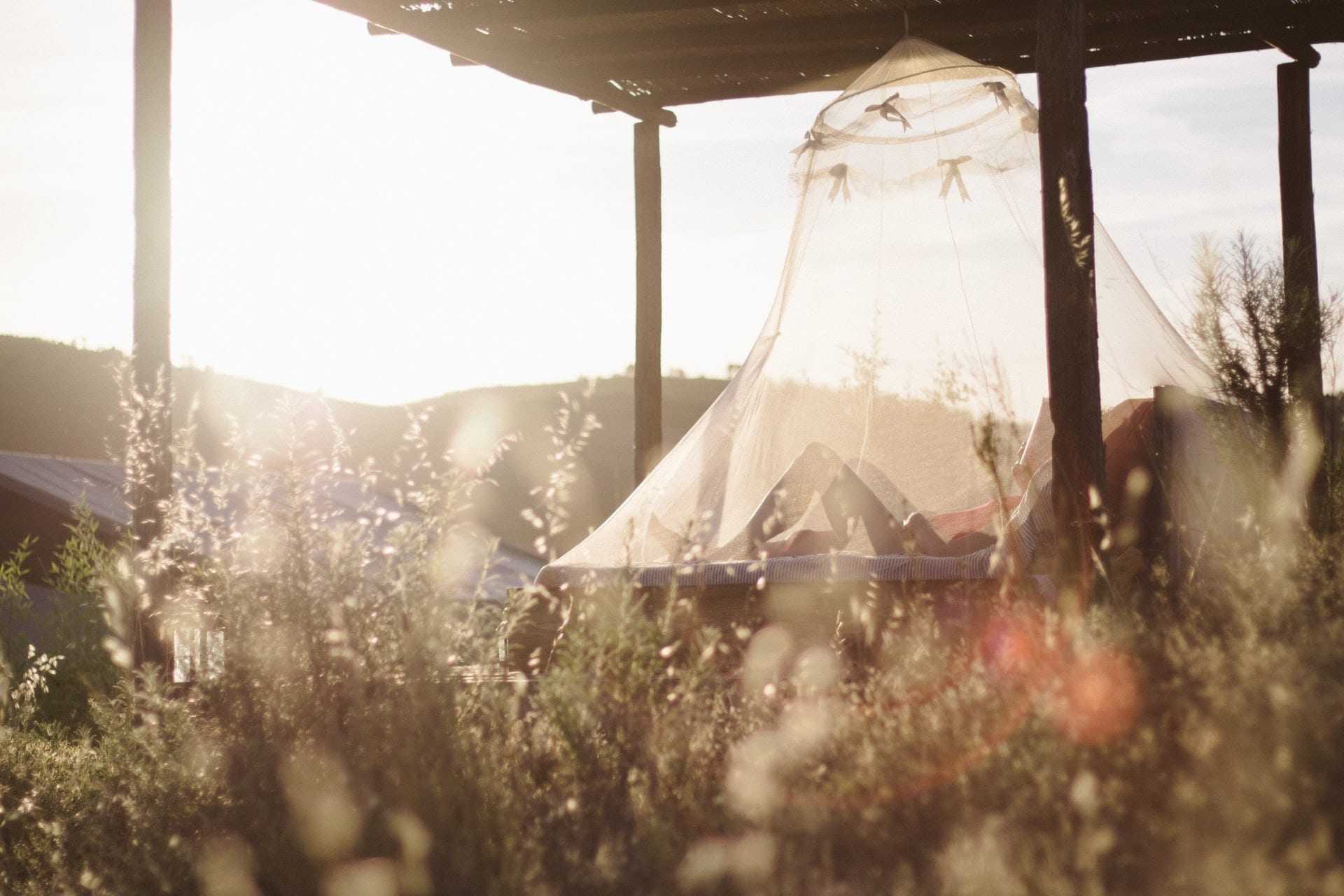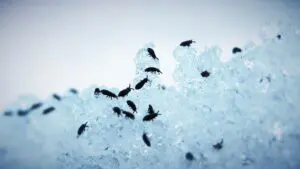

Let’s be real- nobody likes having mosquitoes around when they’re trying to enjoy the outdoors. Unfortunately, mosquitoes have quite a presence in Florida, especially during mosquito season. This guide will tell you everything you need to know about Florida’s mosquito season, so you don’t have to spend the months just waiting for the season to end.
When is mosquito season?
The presence of mosquito activity depends heavily on temperature and rainfall. Mosquitoes cannot function and will eventually die in temperatures below 50 degrees Fahrenheit, and they need water in order to lay their eggs. Since temperatures are almost always above 50 degrees in Florida, mosquitoes are typically present year-round. However, in certain parts of Florida, there are seasons during which mosquito populations are higher. In northern Florida, temperatures are generally cooler, so mosquito season doesn’t start until early March, and populations peak during late spring or summer. The rainy season in Florida usually falls between June and October, which means more mosquitoes are being born during those months. The more sources of stagnant water there are, the more places mosquitoes can lay eggs. In southern Florida, the peak season is pretty much year-round. The climate of south Florida allows mosquitoes to thrive, so their populations do not usually drop as they do in northern Florida.
Common species
Florida is home to more mosquito species than any other state in the U.S., with a whopping 80 known species. Thirteen of those species have the potential to carry diseases including Zika, EEE, and West Nile Virus. For now, we’ll just talk about the three most common species seen in Florida and the risks they pose.
First, we have the Asian tiger mosquito, named for the black and white stripes on its body and legs. This species has been known to carry dengue fever, encephalitis viruses, West Nile virus, yellow fever, and Zika.
Next of the three is the gallinipper. These mosquitoes are quite large, measuring in at about ½ inch in length. They are black with white or yellow bands around their thorax and proboscis. They are known for having quite painful bites. They can carry pathogens including encephalitis and West Nile Virus, however they are not known to play a big part in human infection of these viruses. Because of this, they are not considered much of a threat.
Finally, we have the yellow fever mosquito. This species is jet black with white marks on the sides of its body and white bands around each leg segment. They have been known to carry dengue fever, chikungunya, Mayaro, Zika, and of course, yellow fever.
How to combat mosquitoes
In order to hinder the growth of mosquito populations, it is imperative to remove as many sources of stagnant water as possible. Move or dispose of all cans, buckets, ceramic pots, and other containers that will catch rainwater. Outdoor recycling containers should have drainage holes in the bottom. Turn over wheelbarrows and wading pools when they are not in use. Gutters should be cleaned every year, especially if they tend to get clogged. Aerate any ornamental pools or stock them with fish, and do not let water stagnate in birdbaths. Swimming pools should be cleaned and chlorinated regularly and any water that may collect on pool covers should be removed.
Due to the risk of diseases, infections, and allergic reactions, mosquito bites should always be avoided when possible. To best avoid mosquito bites, apply insect repellent any time you venture outdoors, and wear long pants and a long sleeve shirt while in wooded or wet areas.
Stick to the guide, and this mosquito season should be a breeze. If you’re seeing a few too many mosquitoes on your property and need mosquito control, give Excel a call and we’ll take care of any infestations.






